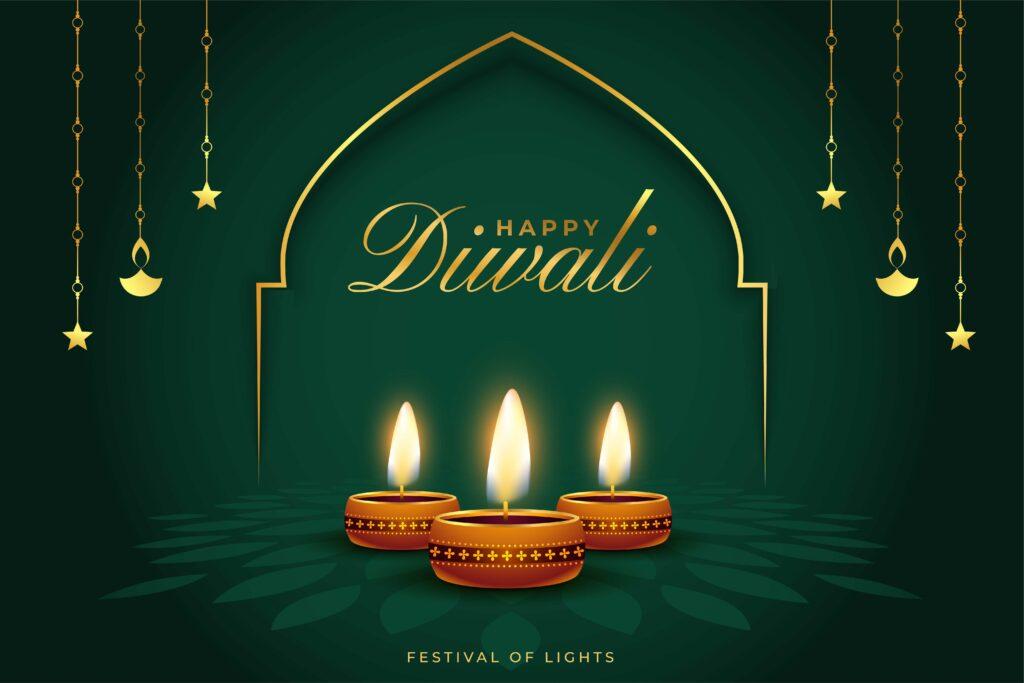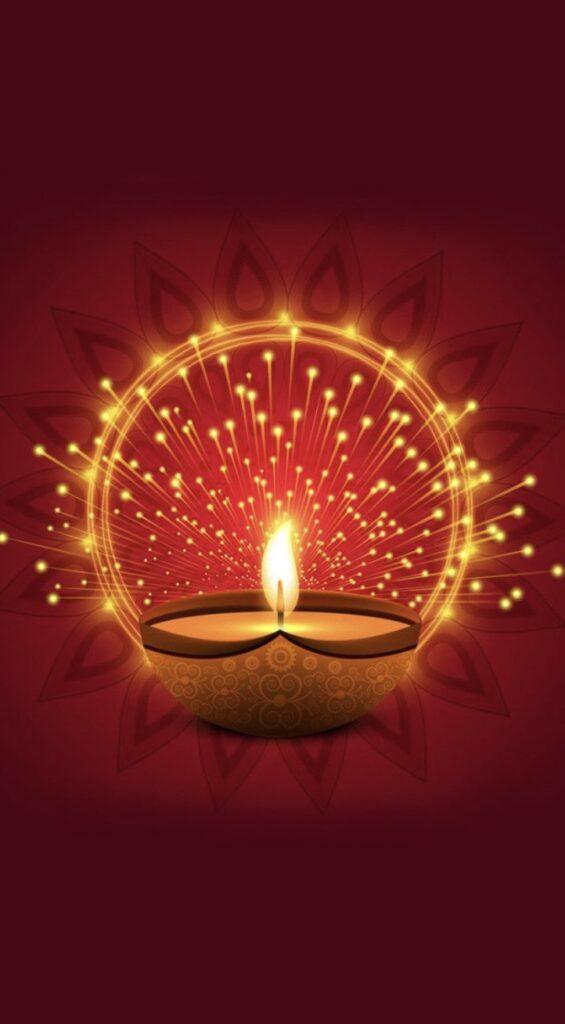

Diwali, whose word comes from the Sanskrit Deepavali meaning “array of lights”, is one of the major cultural festivals celebrated in India by Hindus, Sikhs and Jains and throughout the world by the Indian diaspora. This festival, determined by the position of the new moon during the Hindu month of Kartika, between mid-October and mid-November, marks the beginning of the Hindu New Year and traditionally takes place twenty days after the festival of Dussehra which celebrates the victory of the god Rama over the ten-headed demon Ravana.
For the Jain community, Diwali commemorates the enlightenment and liberation of Mahavira from the cycle of life and death, whose sacred knowledge is celebrated through the lighting of candles and lanterns.
For the Sikh community, Diwali celebrates the return of Guru Hargobind to Amritsar after his captivity in Gwalior.
Amongst Hindus, the most common custom is to light diyas (small oil-filled clay lamps) to guide Lakshmi, the goddess of wealth, into homes and bring wealth and prosperity. In North India, Diwali celebrates the return of Rama to his city of Ayodhya, after his victory over the ten-headed demon Ravana, with oil lamps lit by the inhabitants to show him the way. South India Diwali is a tribute to Krishna who freed 16,000 women held hostage by an evil king Narakaasura and others celebrate Diwali in commemoration of the marriage of Lakshmi and Vishnu.
Although each religion celebrates Diwali for different events, the festival symbolises for all of them the spiritual victory of light over darkness, that is, of good over evil and of knowledge over ignorance.
On the first day, Dhanteras, the houses are cleaned, the front doors decorated with garlands of lights, the diyas filled with oil and a rangoli (patterns made with coloured powders and flowers) is drawn on the threshold of the house. A small gold or silver object is bought to attract good fortune.
The second day is dedicated to Krishna in celebration of his victory over the king.
The third day, Amavasya, is dedicated to Lakshmi and is the climax of the festival with the illumination of the temples and houses. People go to the temple in their finest finery to get into Lakshmi’s good graces, then participate in family celebrations and set off firecrackers and fireworks.
The fourth day, Annakut, is a day of celebration and abundance, and mithais (sweets) are offered to gods, friends and neighbours.
On the fifth day, Bhai Dooj, the sisters pray for their brothers and apply tilak to their foreheads. In gratitude, the brothers offer them a present.

Share this article with your friends





© Copyright 2021 – Homes.mu by Eclipse Investments | Design with ❤ by Mataora.com
Soyez le premier à recevoir les nouveautés de Homes Magazines directement dans votre boite email.
